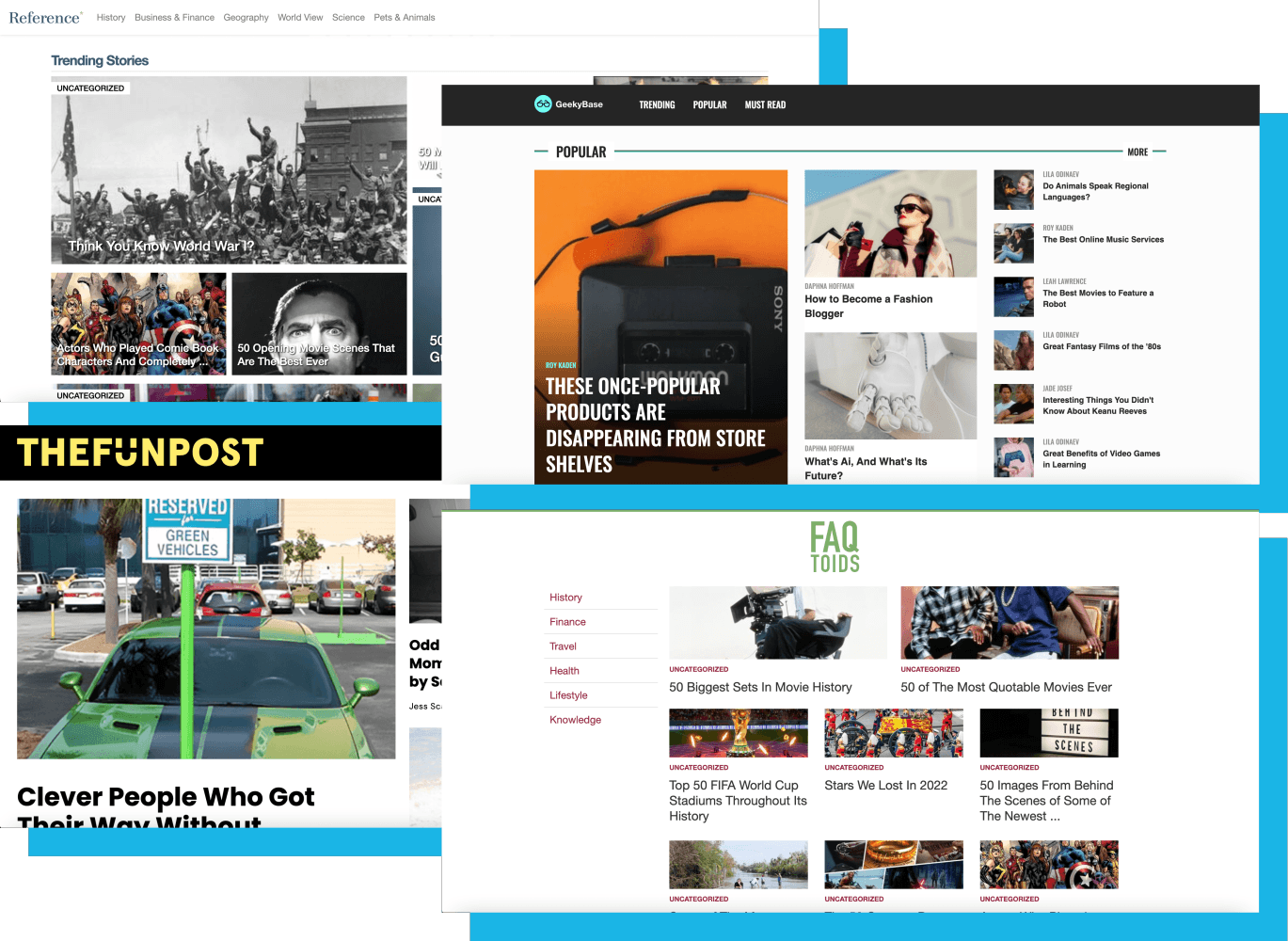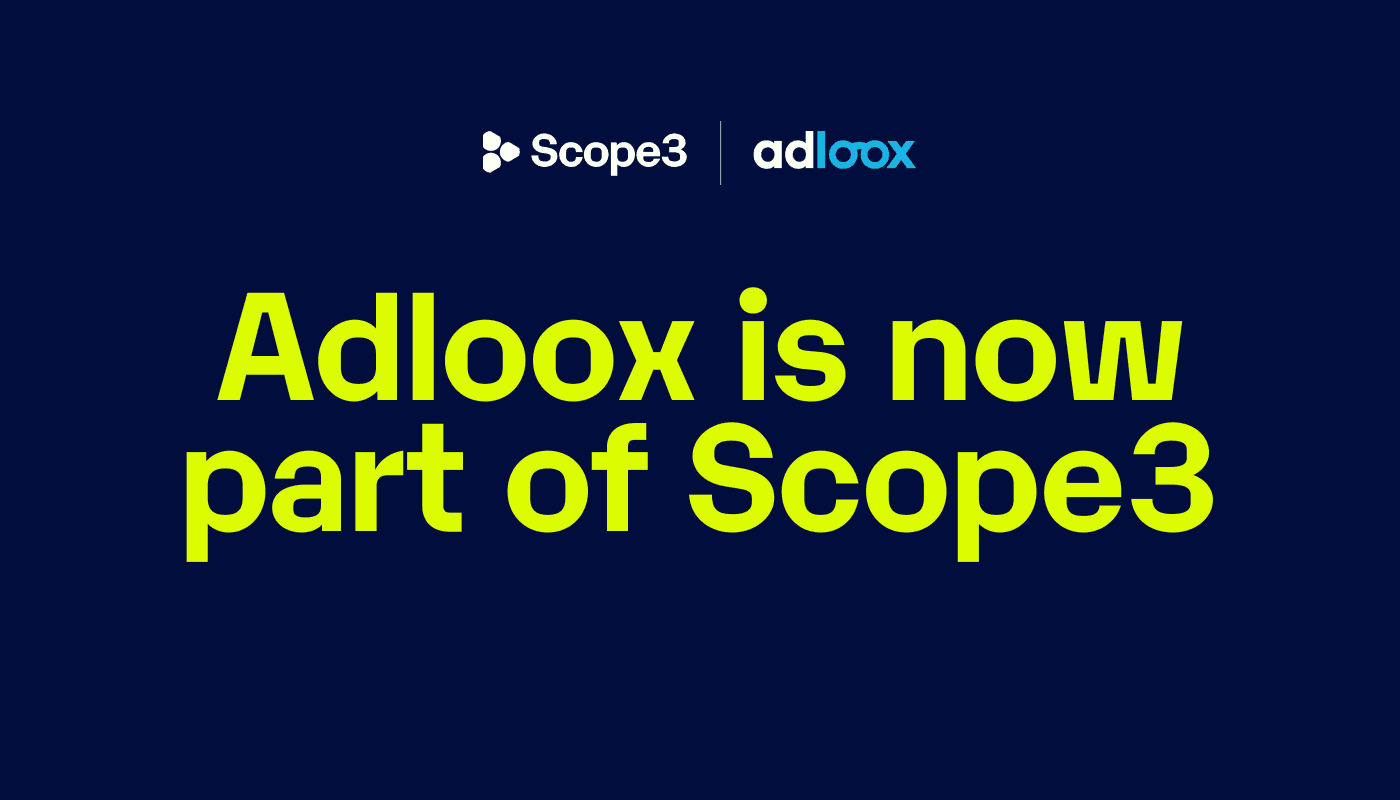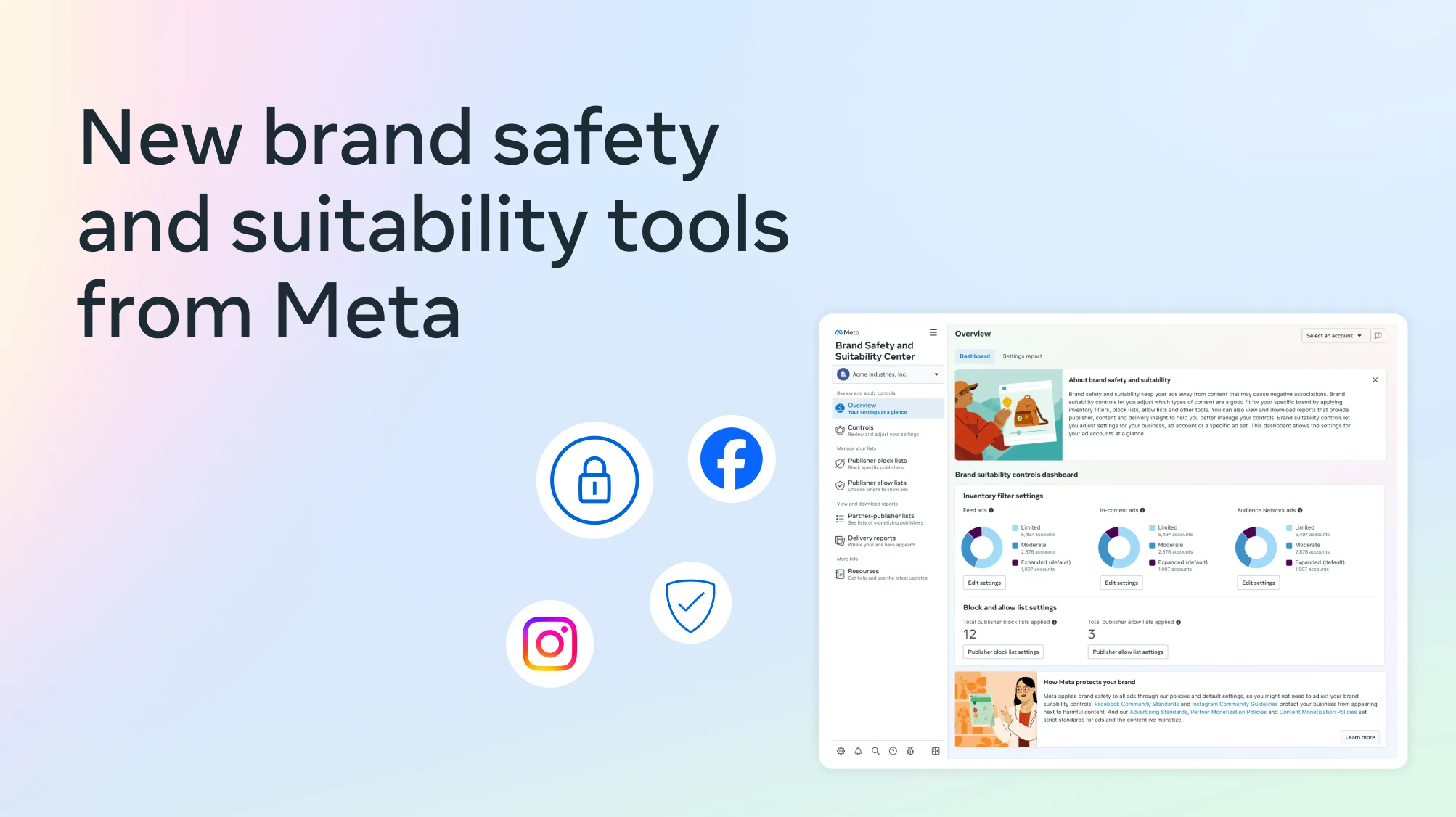Insights, MFAs
Jan 24, 2023
"Made for advertising" websites are created for the sole purpose of generating revenue from advertising. These websites often host low-quality content and are designed to generate high levels of traffic through the use of misleading headlines and clickbait tactics. Here’s the full scope of the problem and why advertisers need to be extremely cautious.
According to media investment analysis firm Ebiquity, “Made for Advertising” websites capture around 15% of all ad spends, despite badly harming the programmatic advertising industry. Even worse, MFAs tend to use fraudulent tactics to generate traffic, such as using bots to click on ads or using malicious software to infect users' computers. This results in marketers paying for forced, fake, or invalid traffic, which negatively impacts the effectiveness of their campaigns.
How MFAs imitate regular content to divert your advertising investments.
"Made for Advertising" websites are designed to mimic real content websites in order to capture programmatic advertising paid traffic. These websites often use misleading headlines and sensationalized content in order to attract visitors, who are then shown advertisements. They buy cheap traffic and sell it at premium CPMs. They generate revenue despite distributing low quality content which may even be misleading or false, making them a potentially harmful source of information for readers, when they are real or engaging with the content, and a brand safety issue for advertisers.
"Adloox spots and blocks between 15 and 20 billion bid requests from MFAs, daily. This allows marketers to activate their campaigns with peace of mind and be assured that their ads will not generate unnecessary carbon emissions by ending on MFAs. It is also a great way to optimize against invalid or inefficient traffic."
Here are some examples of “Made for Advertising” websites. They look like real websites, imitating their SEO structure, but are only a mass of content rehashed and multiplied on hundreds of other sites.

Explore Reference, Geeky Base, The Fun Post or FAQ Toids are textbook cases of MFAs.
This type of website is extremely harmful to advertisers and to brand perception: they impair users' experience by creating a cluttered and overwhelming environment filled with low-quality content and way too many ads. This can lead to users becoming frustrated and less likely to engage, which will eventually decrease the overall effectiveness of your ad placements. And that's the best case scenario, often the traffic is not even real.
Why MFAs are bad for the environment.
Not only are MFA websites bad for advertisers and the entire industry, they are also a danger to the environment. According to an extensive study conducted in fall 2022 by Ebiquity and Scope3, which measures the carbon emissions of digital advertising, “Made for Advertising” websites are high contributors to carbon emissions while providing no value to brands.
To reach such conclusions, they created a new environmental indicator: the CO2PM (based on the CPM indicator), which shows the CO2 emissions per 1000 impressions. According to the study, CO2PM on MFA websites is 26.4% HIGHER than non-MFA websites. The average CO2PM of MFA inventory in the sample was 814g, which is way above the average of 670g.
Besides that, most MFA websites are aggravating their environmental impact by running way plenty of SSPs at the same time to maximize the overloading of their advertising space inventory. When most big news websites use 3 to 4 SSPs and segment their inventory based on the positives and benefits of which each one brings, MFAs will use up to 10 to indiscriminately maximize their CPM revenues. This leads to more software calls and tools running for no reason, making them environmental burdens. ”One ad impression generates hundreds of requests to ad tech companies, resulting in thousands of servers consuming electricity.” said Brian O’Kelley, CEO at Scope3, during a recent online keynote.
Of all US programmatic spends analyzed by Ebiquity, 15.3% was wasted on MFA inventory. More than ever, advertisers need to be reallocating investments on quality inventories and use strong and regularly updated blacklists to avoid wastage.
“Made for Advertising” websites are a threat to the planet as well as for the advertising industry. They can harm the reputation of advertisers as programmatic inventory suppliers as well, creating a negative perception of online advertising and make it more difficult for legitimate advertisers to reach their target audience. Safety nets like Adloox help to safeguard a safe and healthy programmatic landscape.




